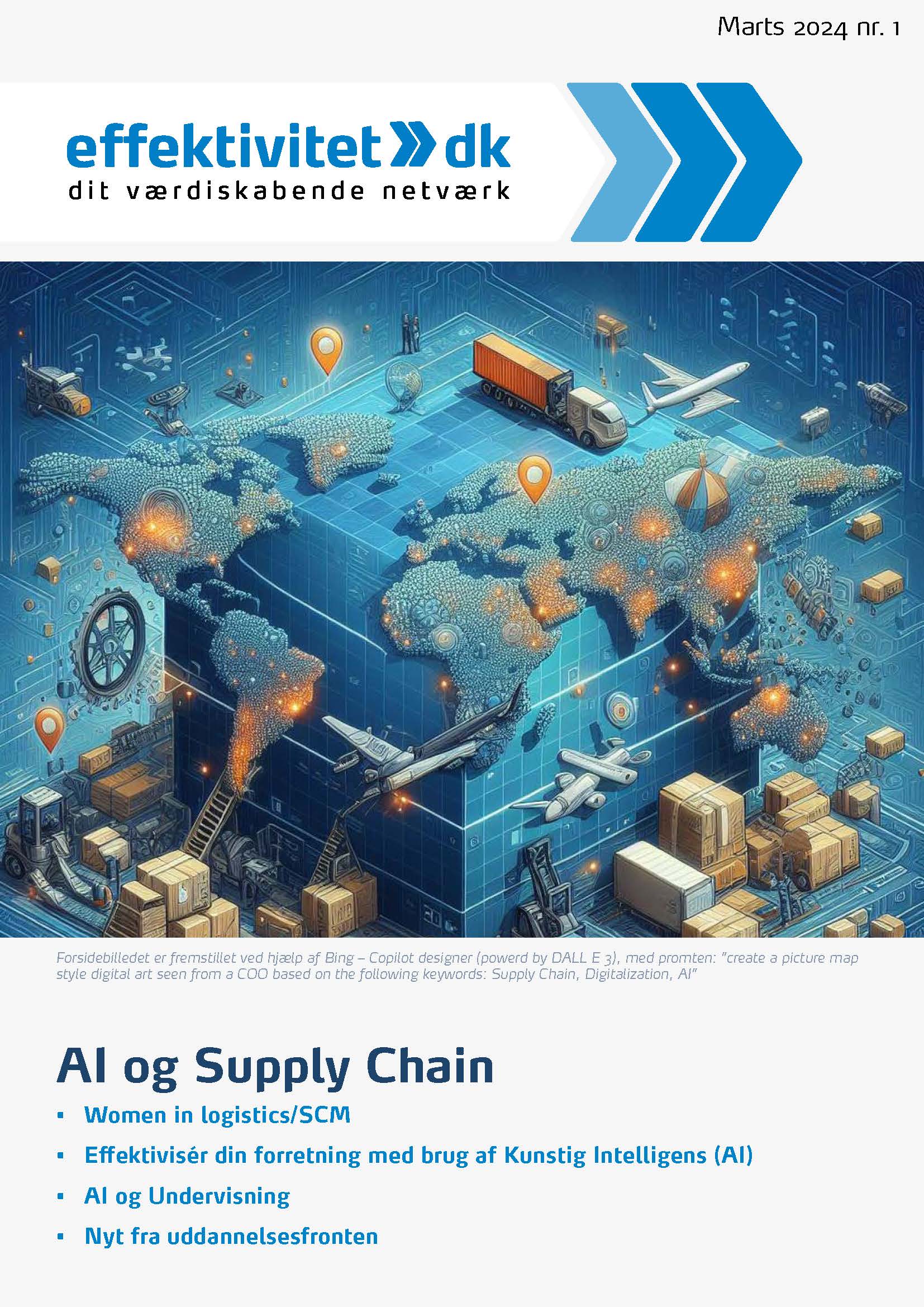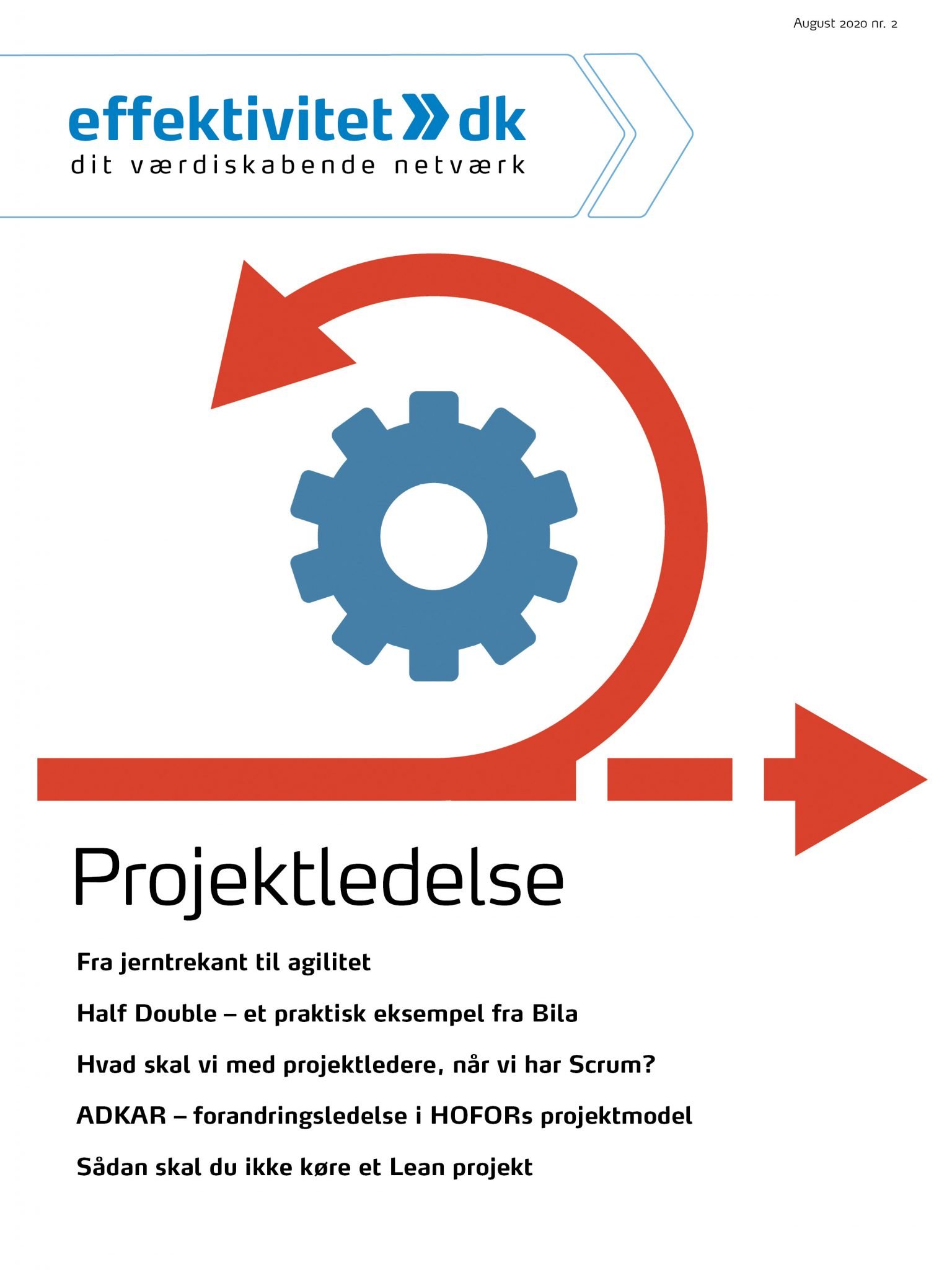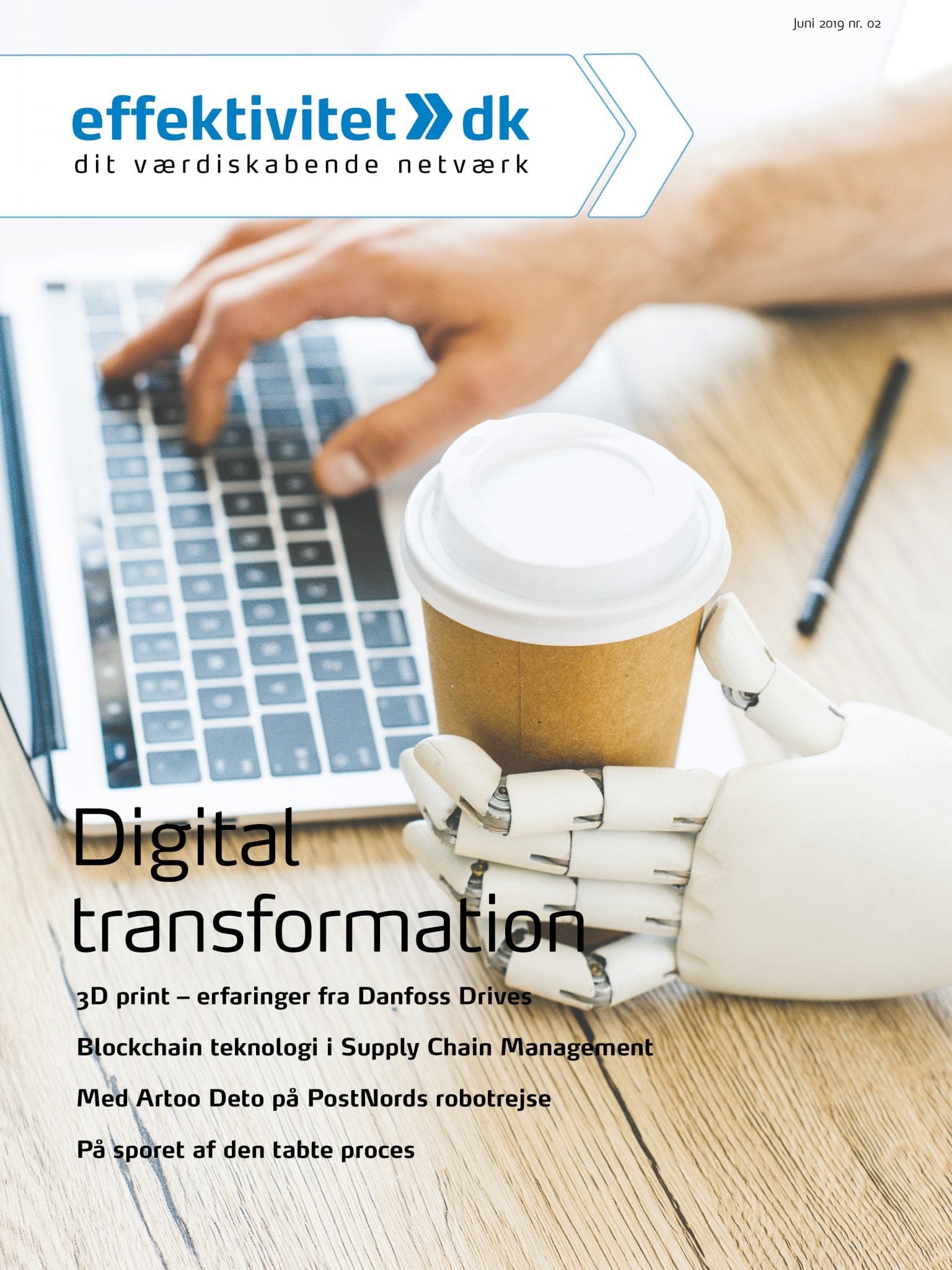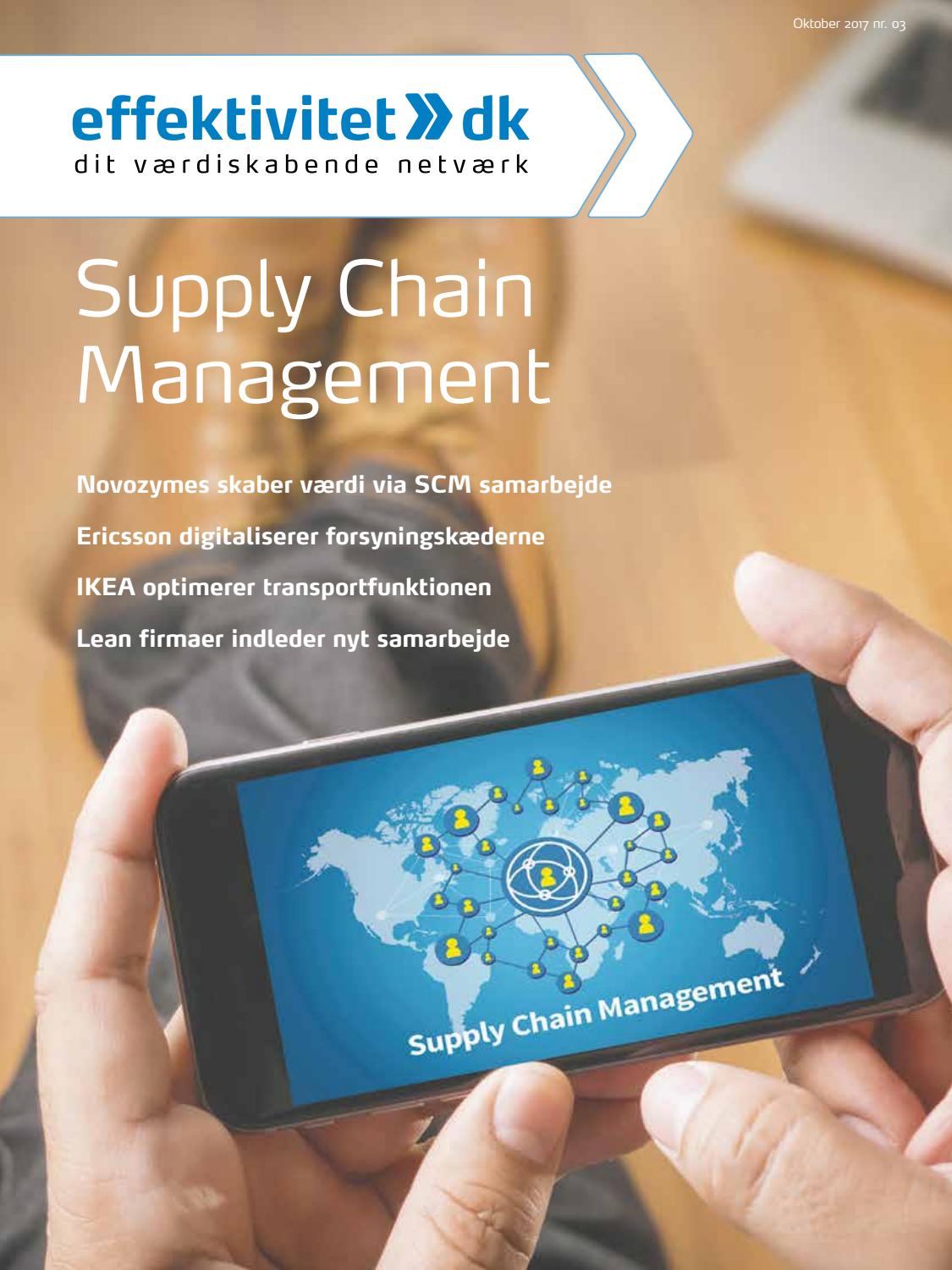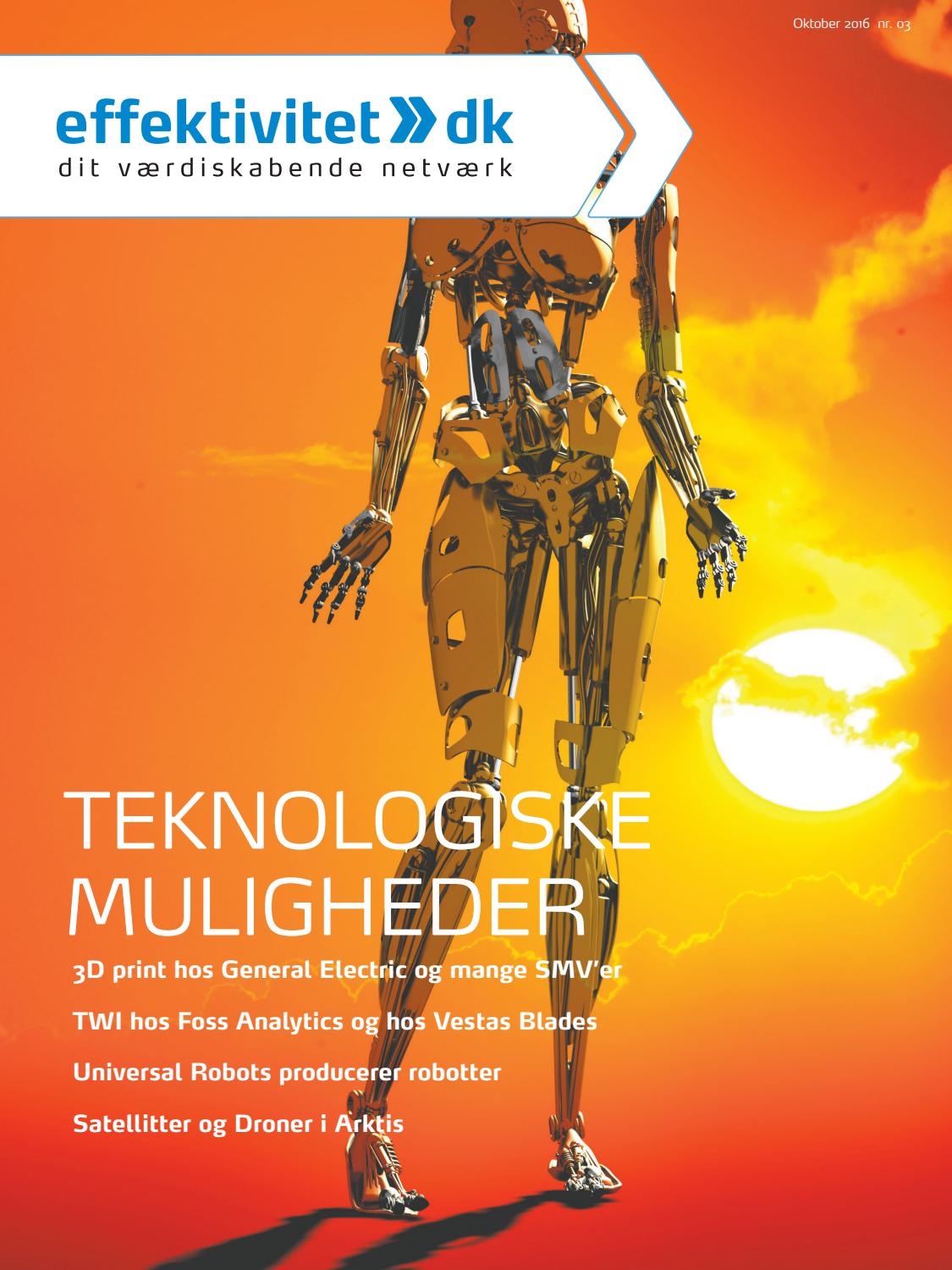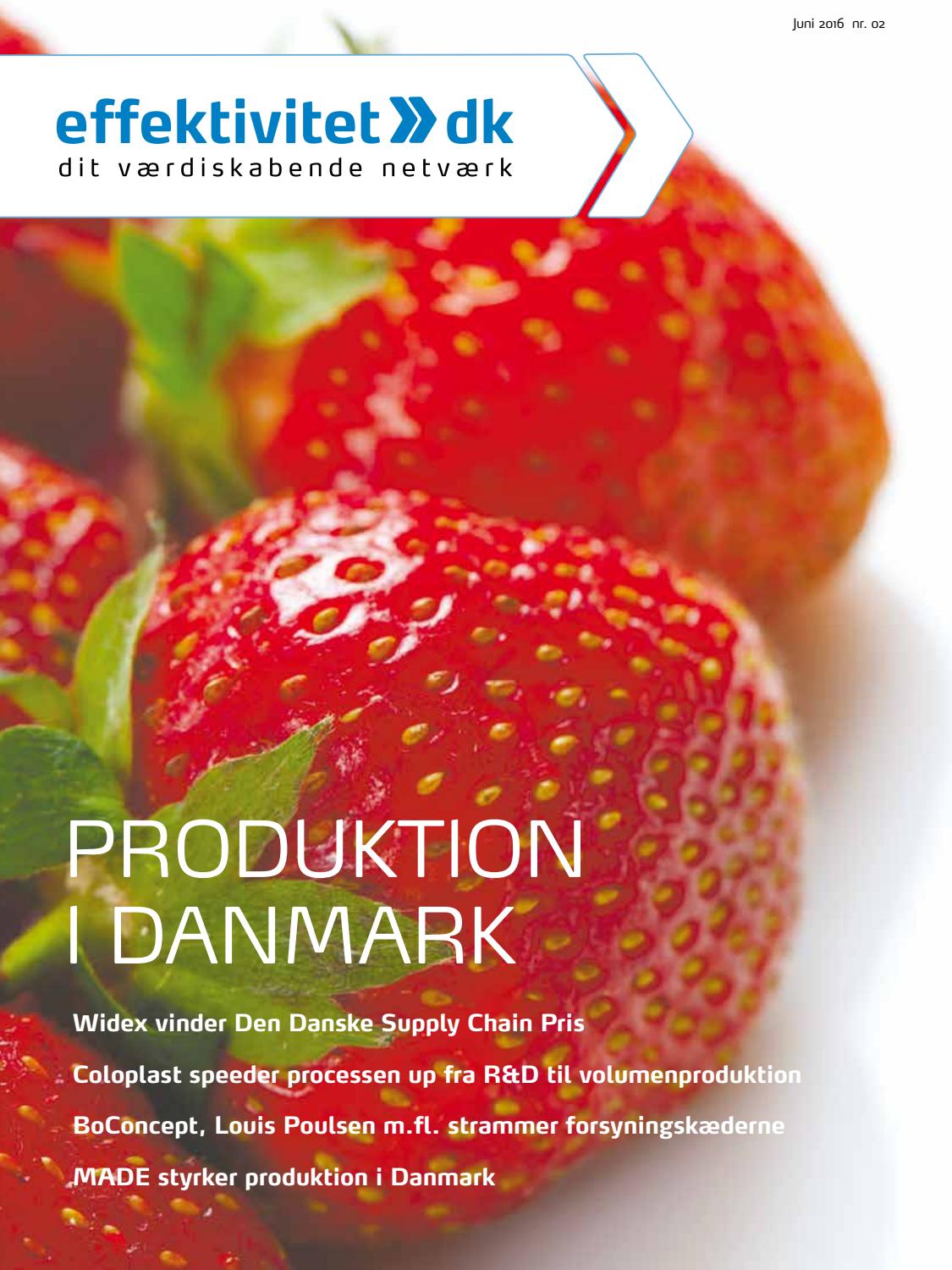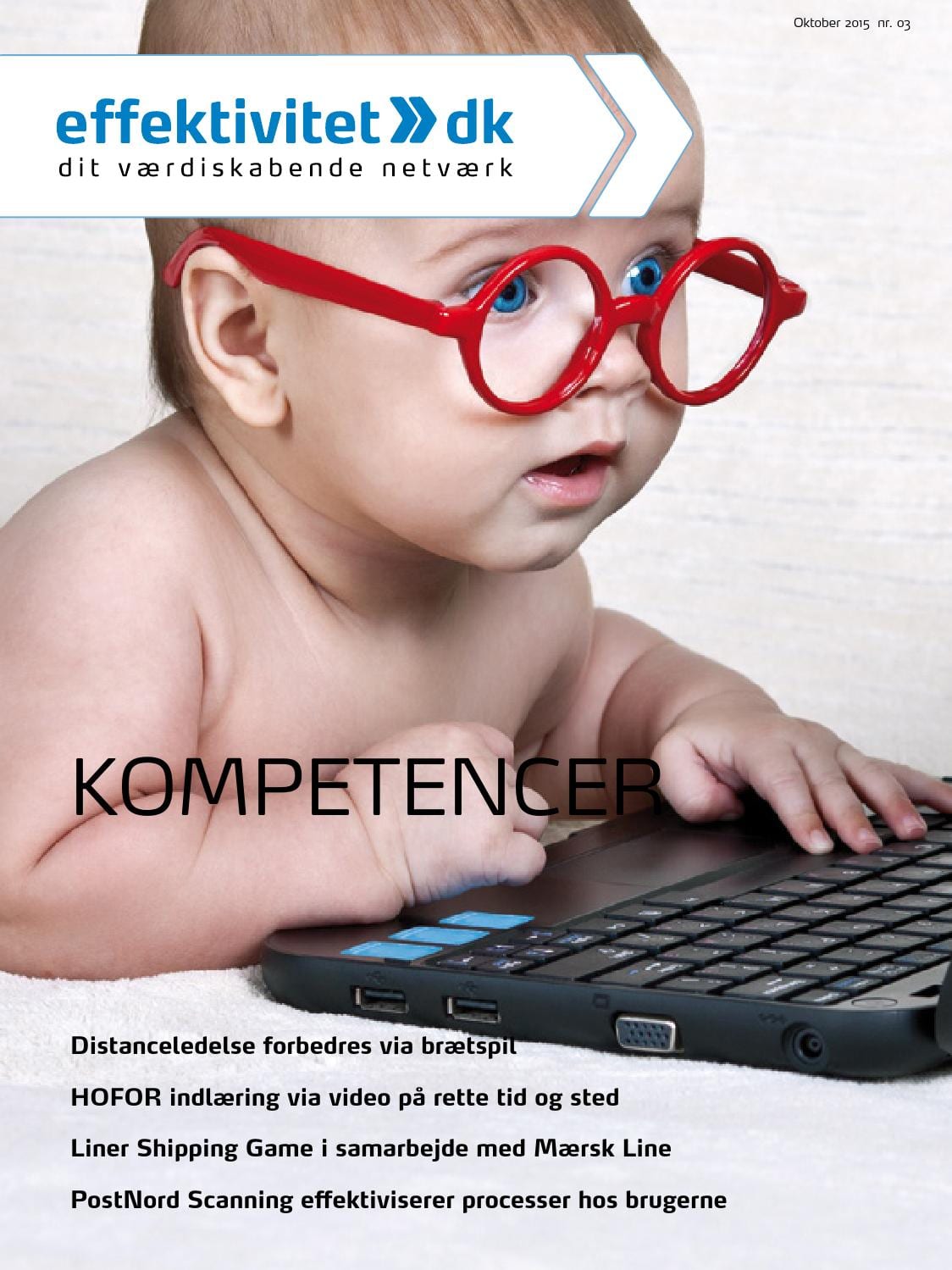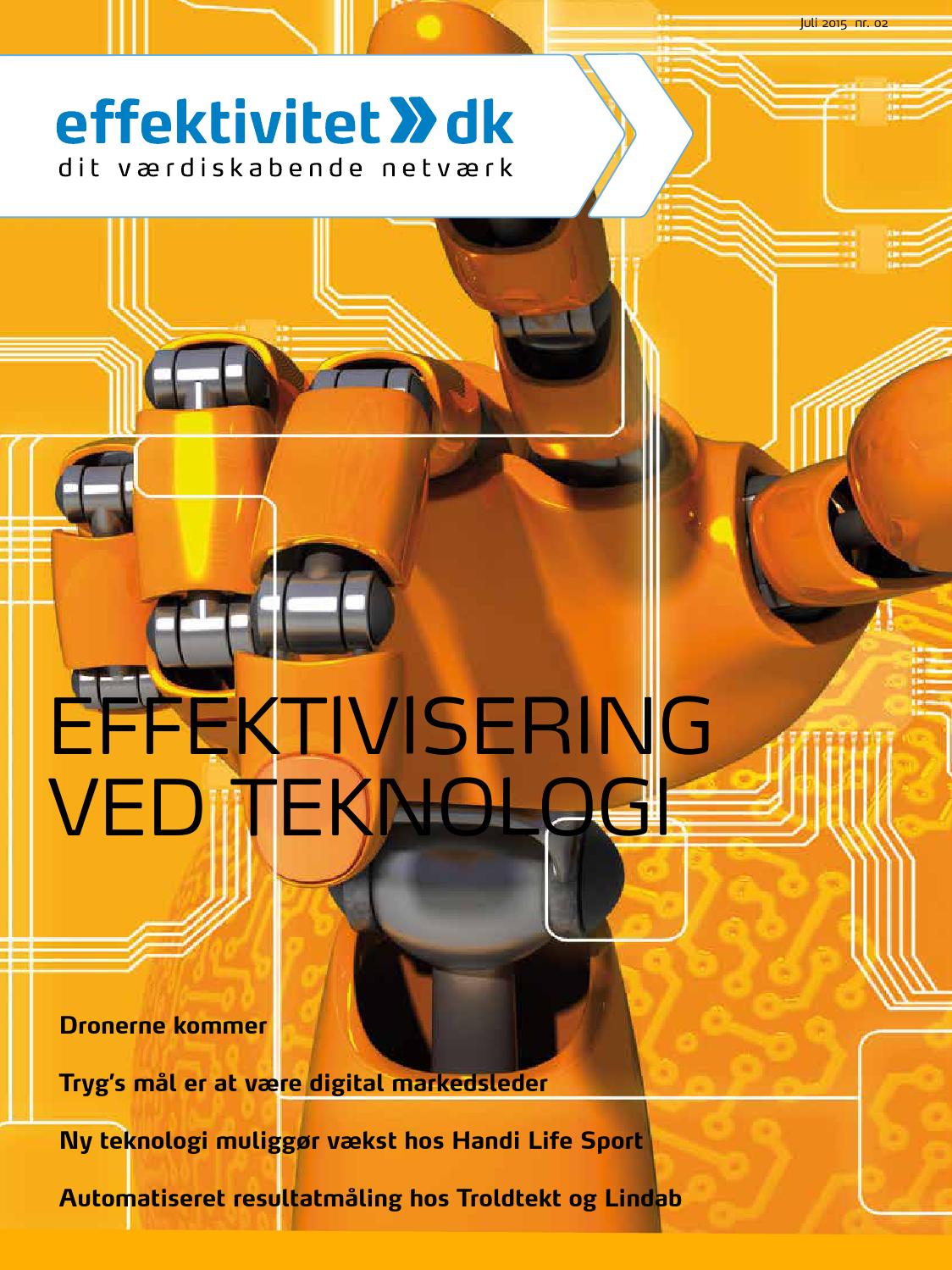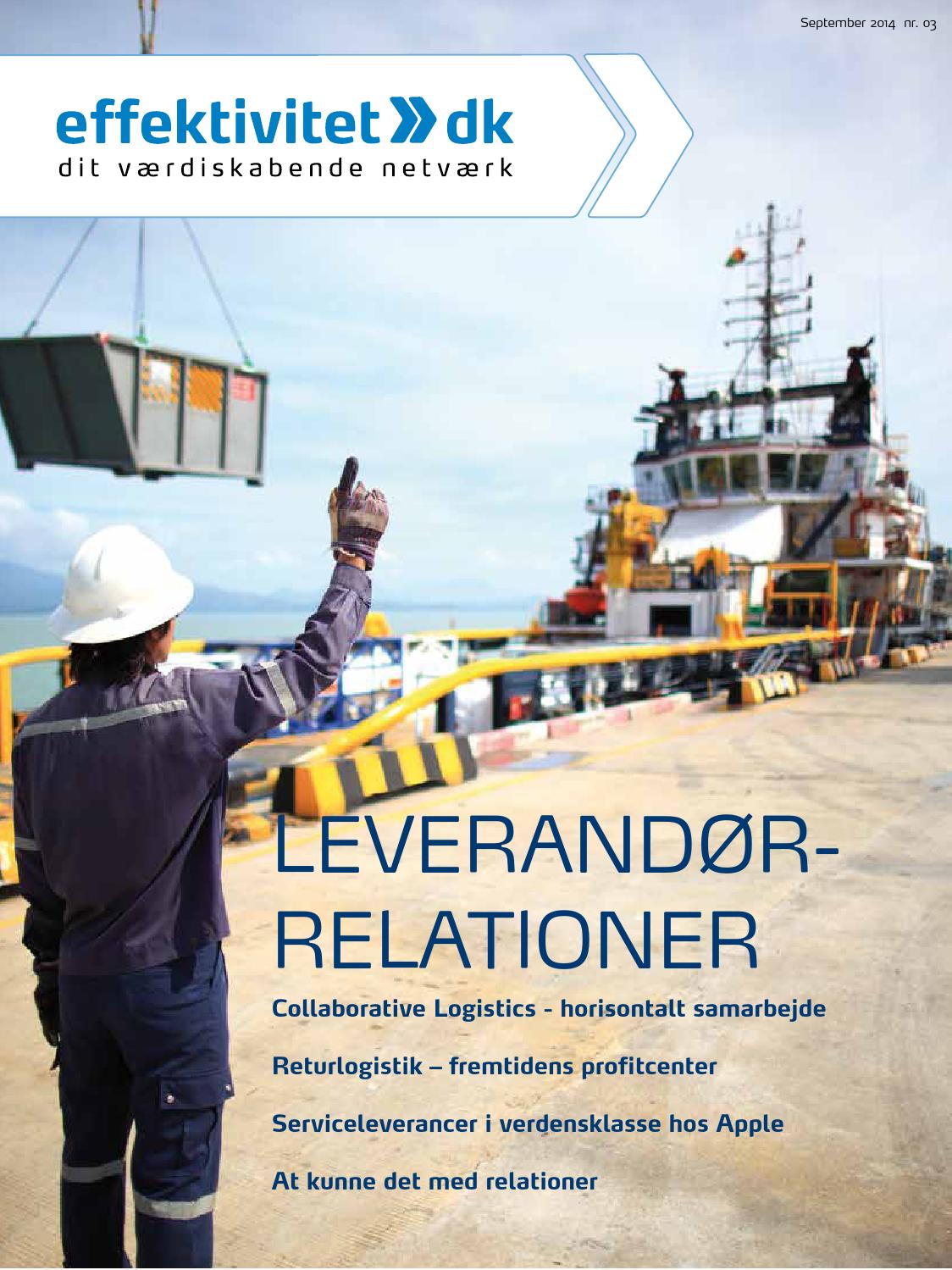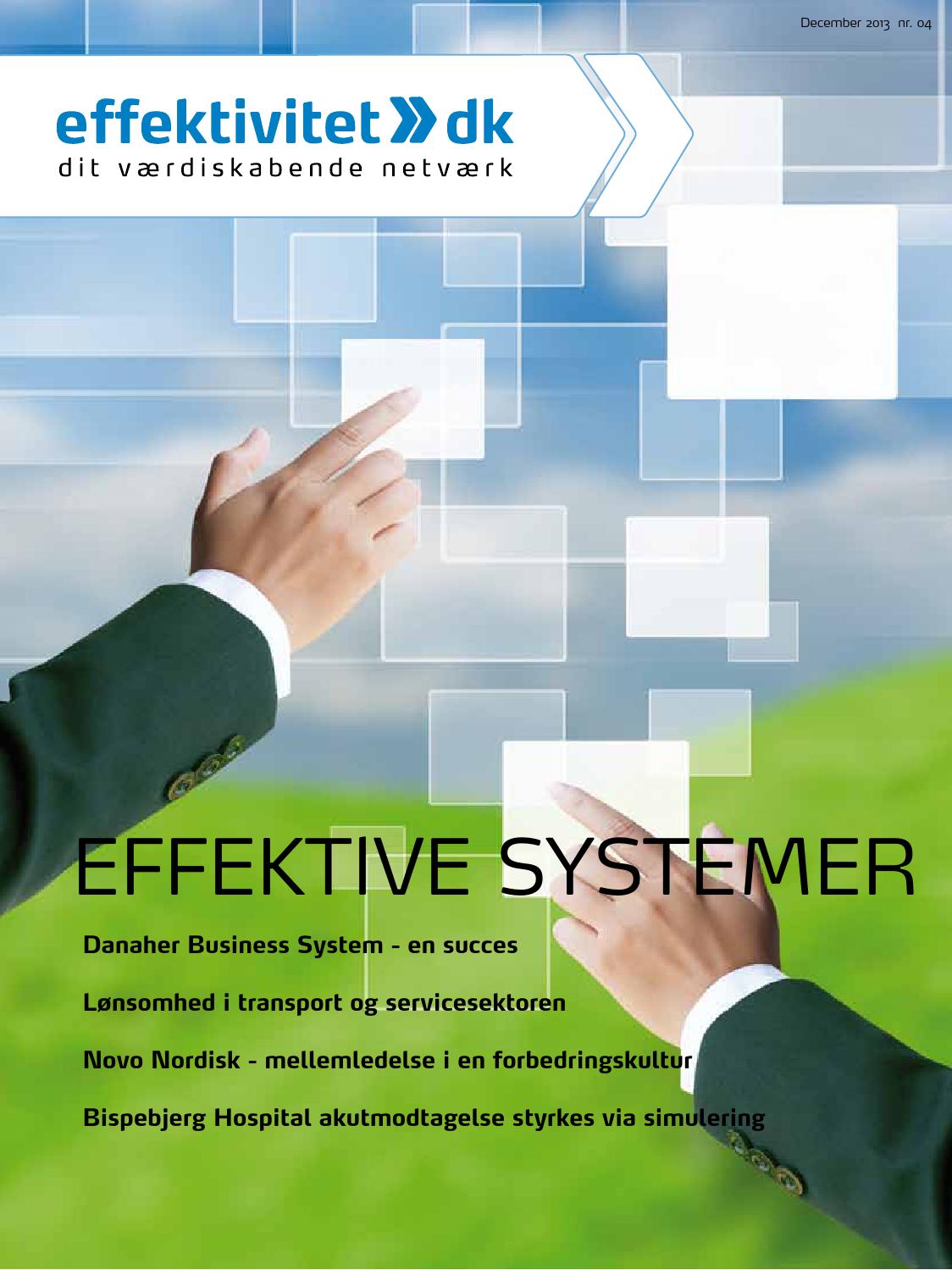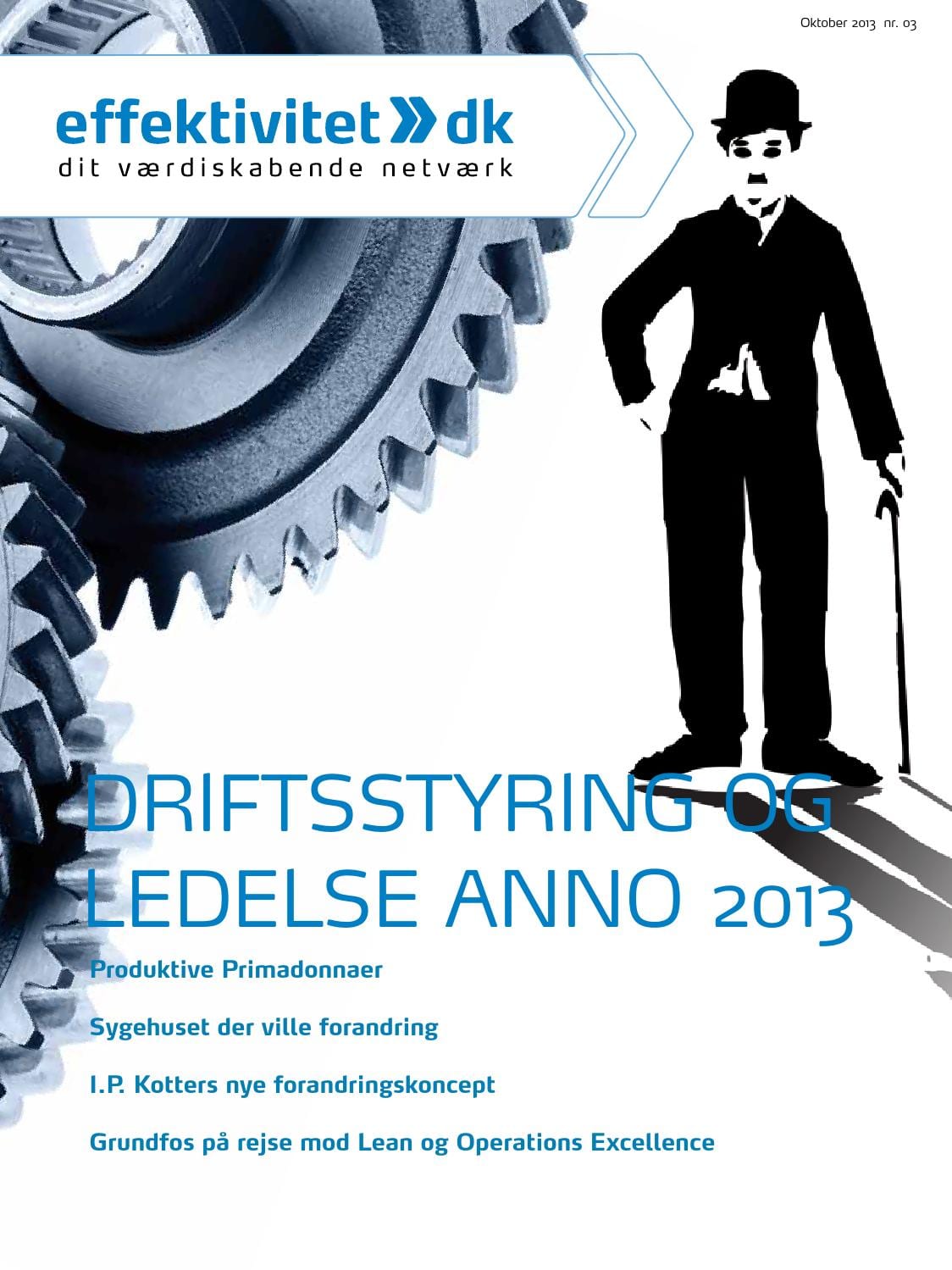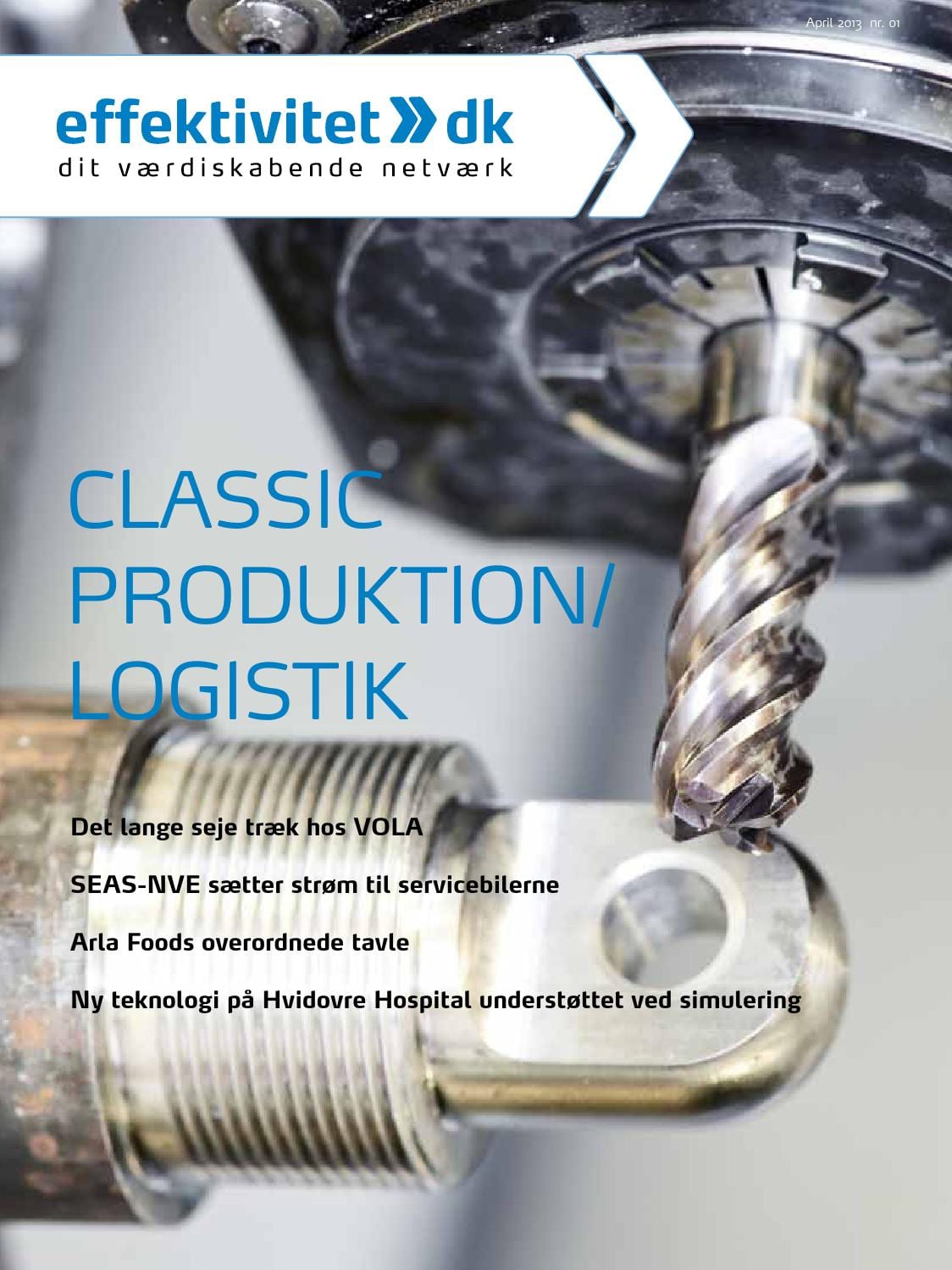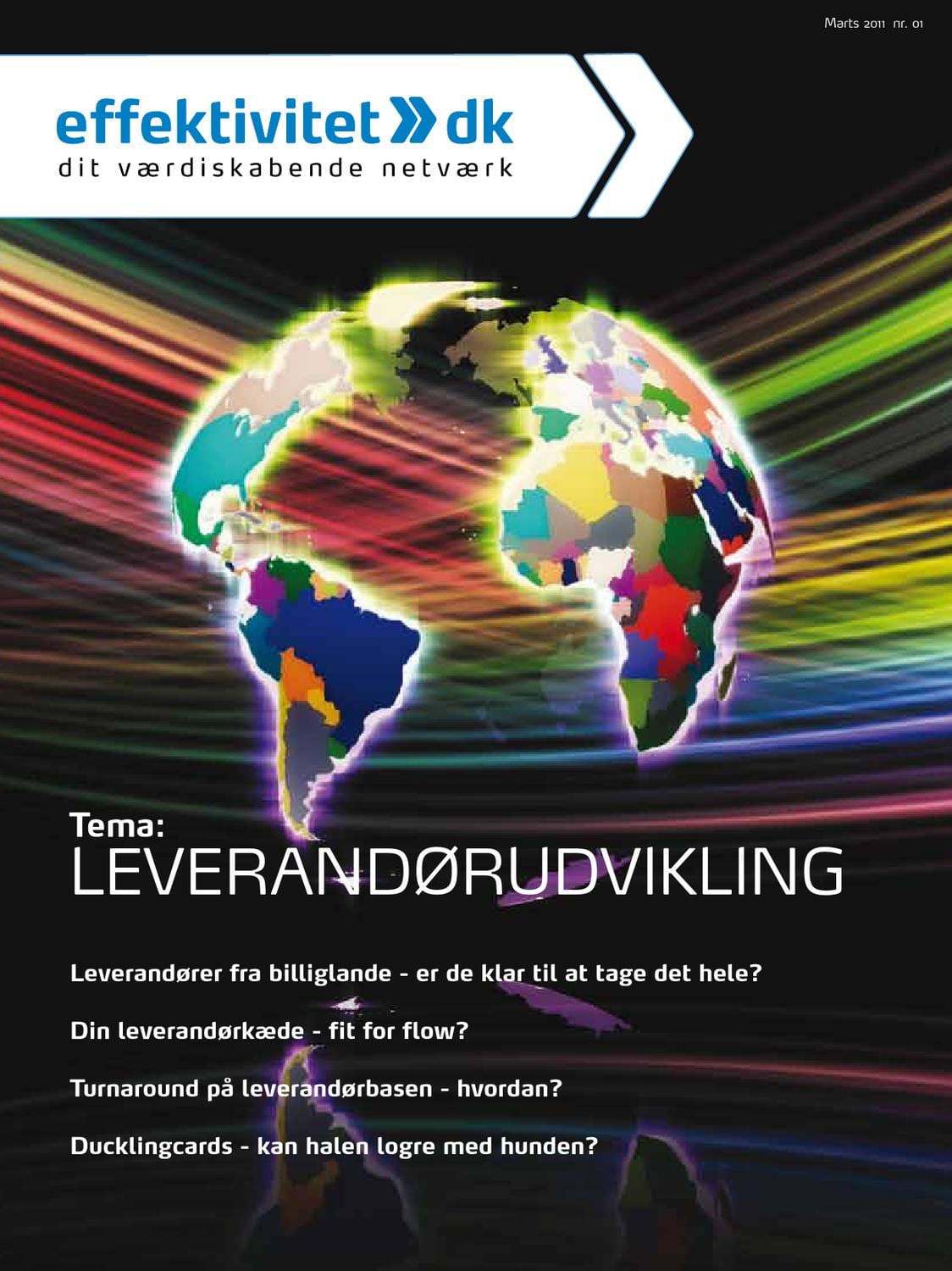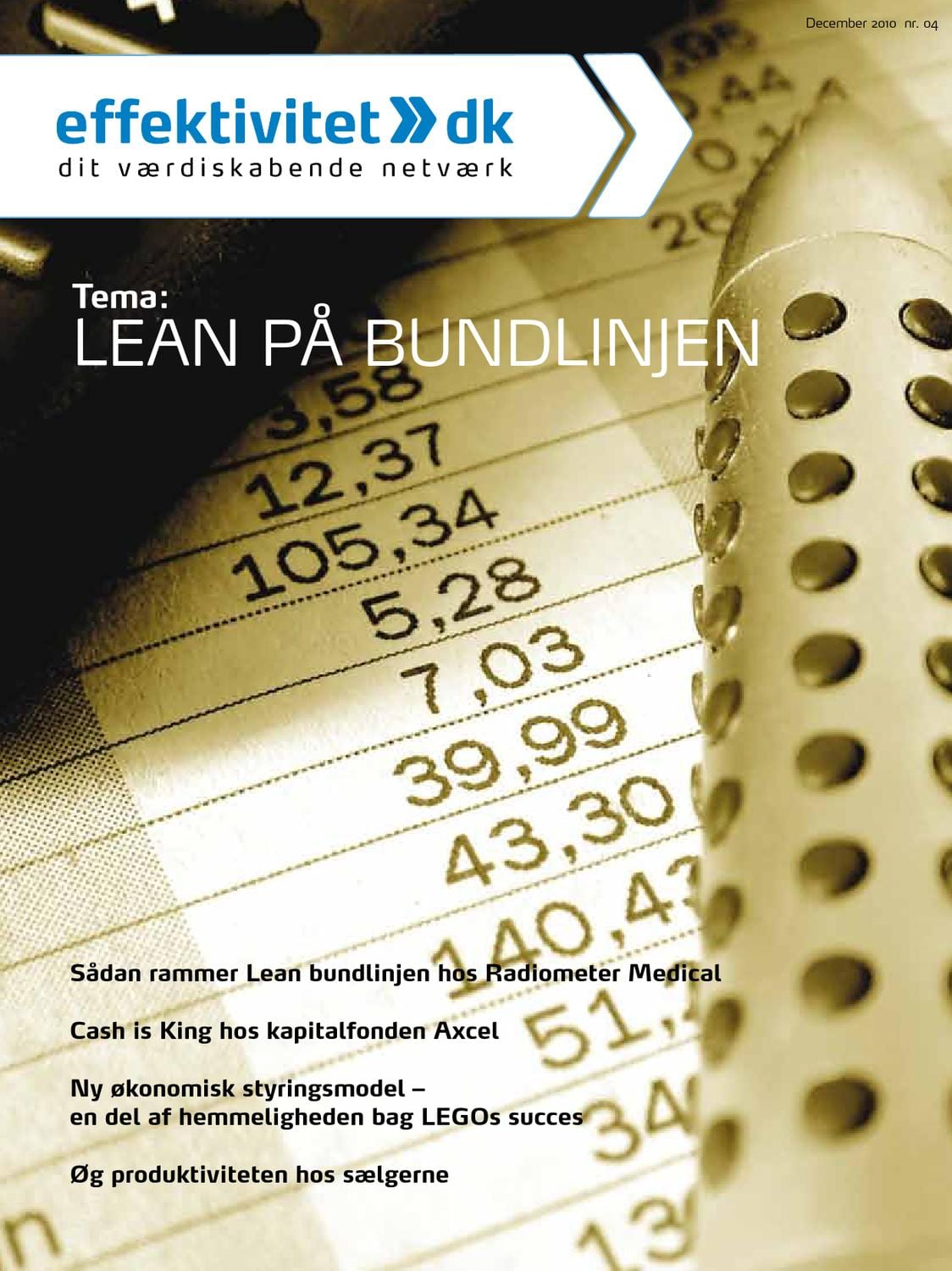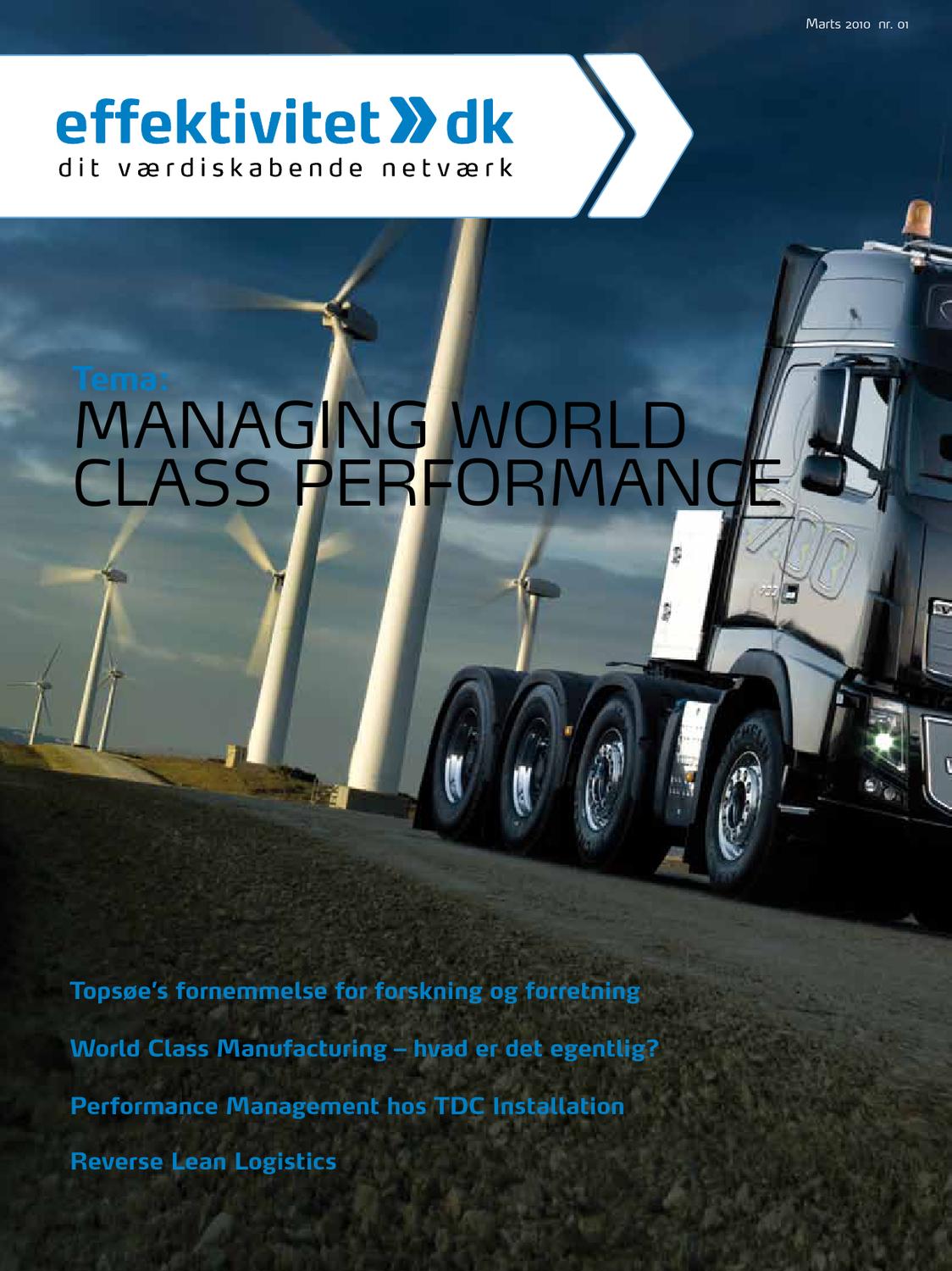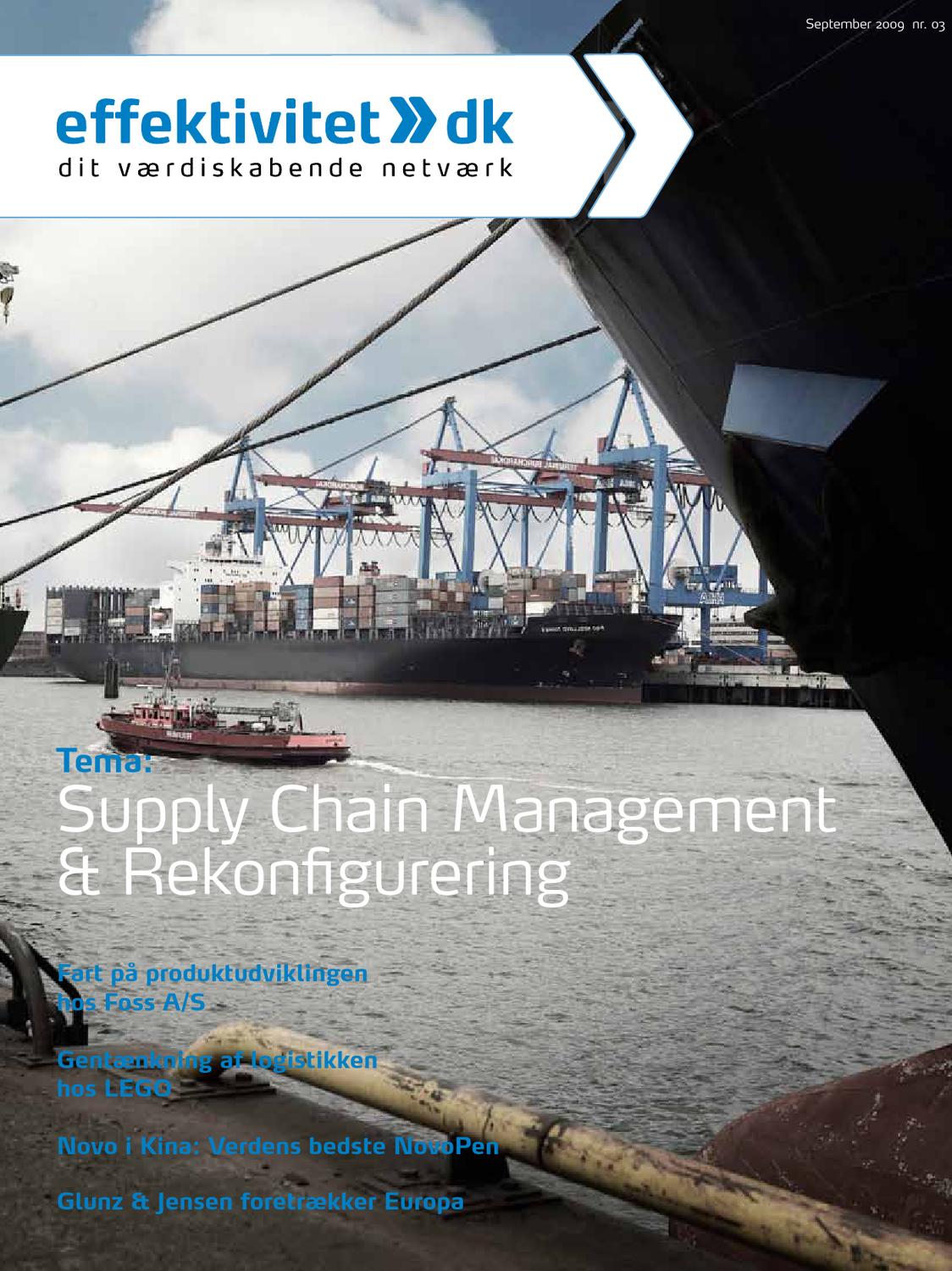A company’s success in today’s business environment depends on whether the company can introduce the right product to the market at the right time and at the right price. Game changers, such as 3D printing, open for new possibilities to introduce the perfect product, when the customer needs it. But the technology changes also the industrial production setup and defines new rules – or even introduces new general conditions – for purchasing (structure, processes and management practices).
“Once 3D printing is so common that all consumers have their own printer at home, global sourcing as known today will no longer be needed.”
Right now, there is a big race going on between the major shoe manufacturers to introduce the first fully printed sports shoe. They are not there yet, but they are getting closer. Nike, for instance, just recently introduced the first 3D printed textile upper in performance footwear, and they also partnered up with HP to develop NFL shoes. Adidas print customized shoe soles, available to the mass market, in its speed factory in Germany. Also Under Armour, another one of the largest sports brands in the world, partnered with EOS to achieve Under Armour’s goal to industrialize and scale 3D printing of performance footwear.
The competition between the above-mentioned companies is intensified especially by fast on-demand delivery, decentralized production, and increasing labor costs in low-wage countries. The time to market for new product designs has to be cut down by reduced number of steps in design and prototyping, and the manufacturing of the complex and customized products has to be done with high efficiency, using the least amount of labor, material and energy in production.
Impact on the global sourcing strategy
Most studies and articles about 3D printing focus on the technological advantages and disadvantages. The impact of 3D printing on the global sourcing strategy is rarely analyzed or even discussed. I will in the following, in a four-step outlook, show how the relationship between Nike and the suppliers will change, how the power will shift from buyer to supplier and further on to customer, and then how the whole supply chain will transform as a consequence.
Level 1 – Traditional Manufacturing
The athletic footwear industry today contributes with high added value, but low supply risk, since for instance Nike has several independent contractors, who also have many suppliers. If one supplier doesn’t perform as wanted, it is quite easy to switch to a new one. Thus, there exists a clear buyer dominance. The supplier-buyer relationship used by Nike is a strategic partnership, improving for instance their production processes. But at the same time Nike uses its buyer power to enforce a code of conduct on all contractors and their respective suppliers, including standards of health, safety and environment. However, this long supply chain means that customization is not possible and that lead times are long. This is increasingly becoming a problem.
Level 2 – Prototyping
In Level 2, Nike is making their first steps in 3D printing by experimenting with materials and different technologies. Because large-scale production is not yet possible, 3D printing is mostly used for prototyping to save development and lab time, increasing speed to market. For Nike it would require too many resources and capabilities to develop all the needed competencies. They will therefore need to engage in strong partnerships with other specialized companies. The difference from Level 1 is that there is no more need for independent contractors. The main suppliers are now the 3D and raw material providers with highly skilled and specialized employees. Although only few shoes can be printed today, there is very high potential for the future, and there is a race for clarification of, who owns the intellectual property of new innovations. Therefore, Nike isn’t positioned anymore in a buyer power position, but in a supplier power environment. Consequently, Nike needs to engage in strategic relationships with collaborative research and development on the new technology. The goal is to get a first mover advantage in the competition.
Level 3 – Large-scale additive manufacturing
In level 2, traditional manufacturing was still crucial to the company’s success. That isn’t the case anymore in level 3. 3D printing will be so
advanced that it can produce entire customized shoes. It can be assumed that with innovation, prices of materials and printers will decre-
ase, and more suppliers will enter the market. However, probably still only few companies will be able to deliver 3D printers to meet the requirements.
Furthermore, it’s highly possible that Nike only will lease the printers, with the suppliers responsible for maintenance and replacement. Therefore, there will exist a dependence on the printer supplier. On the other hand, the dependence of the raw material supplier will be reduced. The forecasting of varying demand of the different shoe designs will be much easier. All what needs to be forecasted at this level, is the raw materials needed. Since all the raw materials can be purchased from few suppliers in large quantities, Nike will have a buying dominance over these suppliers.
Level 4 – Consumers as micro-manufacturers
Once additive manufacturing gets so common that people own their own 3D printer at home, and the printers will be able to print any object imaginable, Nike won’t need any manufacturing plants anymore, and they won’t be responsible for the supply of raw materials, printers or the transportation of the final products to the customer. At that point, sourcing will be of less importance to Nike, because they will only sell to a customer the digital files of the shoe, and that will be the template from which the customer will print the shoe at home. However, we can imagine that Nike in the design file will define the raw materials to be used. Consequently, Nike might still have a high power over the raw material suppliers and use this power to reduce printing costs and ensure the right printing quality.
Conclusion
Nike’s dependence of the most important suppliers in each level changes from having a buyer power, to a high supplier power and then back to a mix of buyer and supplier power. The suppliers that Nike interacts with change radically between the four levels, and so does their dependence on those suppliers. It is clear though, that if the technology gets developed to the point that consumers own their own 3D printer, sourcing as it is known today, will no more be of any concern to Nike or any other company.
Source
This article is based on the paper “How 3D printing changes the sourcing activities of an athletic footwear company” written during a visiting semester at the Copenhagen Business School in November 2018.





